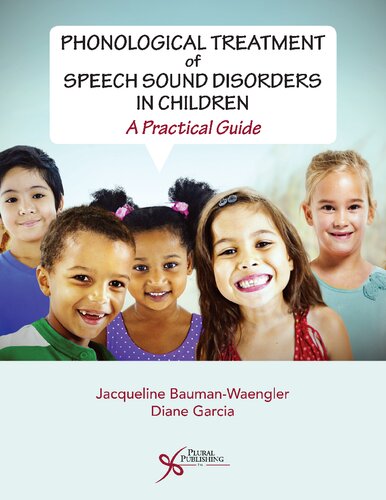

Most ebook files are in PDF format, so you can easily read them using various software such as Foxit Reader or directly on the Google Chrome browser.
Some ebook files are released by publishers in other formats such as .awz, .mobi, .epub, .fb2, etc. You may need to install specific software to read these formats on mobile/PC, such as Calibre.
Please read the tutorial at this link: https://ebookbell.com/faq
We offer FREE conversion to the popular formats you request; however, this may take some time. Therefore, right after payment, please email us, and we will try to provide the service as quickly as possible.
For some exceptional file formats or broken links (if any), please refrain from opening any disputes. Instead, email us first, and we will try to assist within a maximum of 6 hours.
EbookBell Team

0.0
0 reviewsThe methods included are those which demonstrate treatment efficacy, including minimal pair therapy, multiple oppositions, maximal oppositions, complexity approaches, phonotactic therapy, core vocabulary intervention, cycles approach, and using phonological/phonemic awareness for phonological disorders. Discussion of each treatment method includes the collection and analysis of data, the establishment of treatment targets and goals, and treatment guidelines. Case studies are used to demonstrate each phonological treatment paradigm, and suggestions for use within a group therapy format are provided. Current references allow the clinicians to further study each of the methods presented.
Key Features:
Regardless of the type or etiology of a speech sound disorder, phonological treatment methods are an important component of an effective intervention plan. For children who present with a phonological disorder as their primary impairment, one or more of these methods may form the core of their therapy program. For others, particularly those with complex needs, phonological treatment may be one piece of a much larger intervention puzzle. In recent decades, exciting developments have occurred regarding the treatment of phonological deficits. The result is new therapeutic protocols that are more efficient and effective. This workbook is designed to help bridge the gap between research and application.